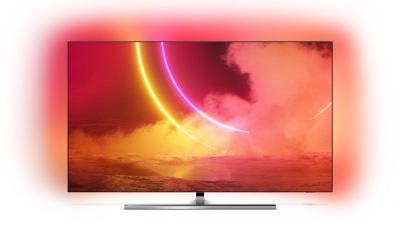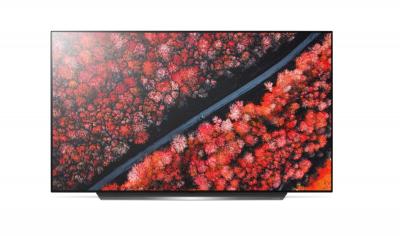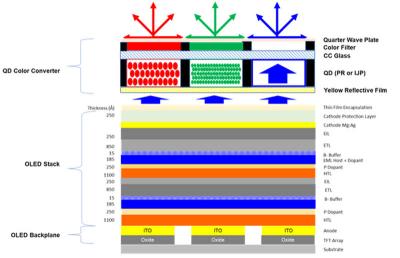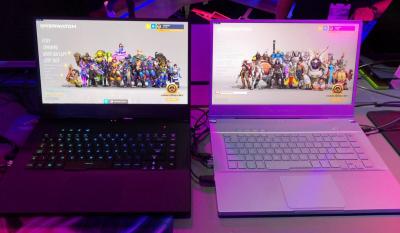Samsung Electronics may not adopt QD-OLEDs for its TVs, SDC looking for other customers
In October 2019 Samsung Display formally announced its decision to invest $10.85 billion in QD-OLED TV R&D and production lines. The company is already starting to produce prototypes, and is on track to start mass production in Q3 2021.
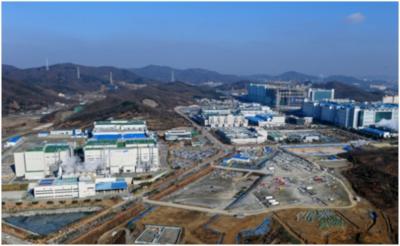
But SDC is facing a problem it probably did not anticipate - Samsung Electronics is hesitant about the adoption of QD-OLED panels, and may not ship QD-OLEDs in 2021 - or maybe even at all. Apparently Samsung Electronics wants to focus on microLEDs for next-generation displays as it finds QD-OLED TVs to be not bright enough - and also because it suffers from burn-in issues.


